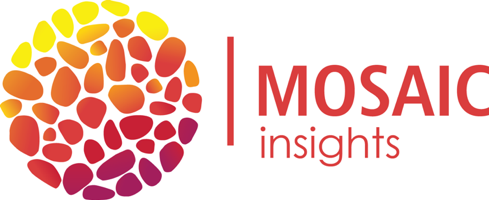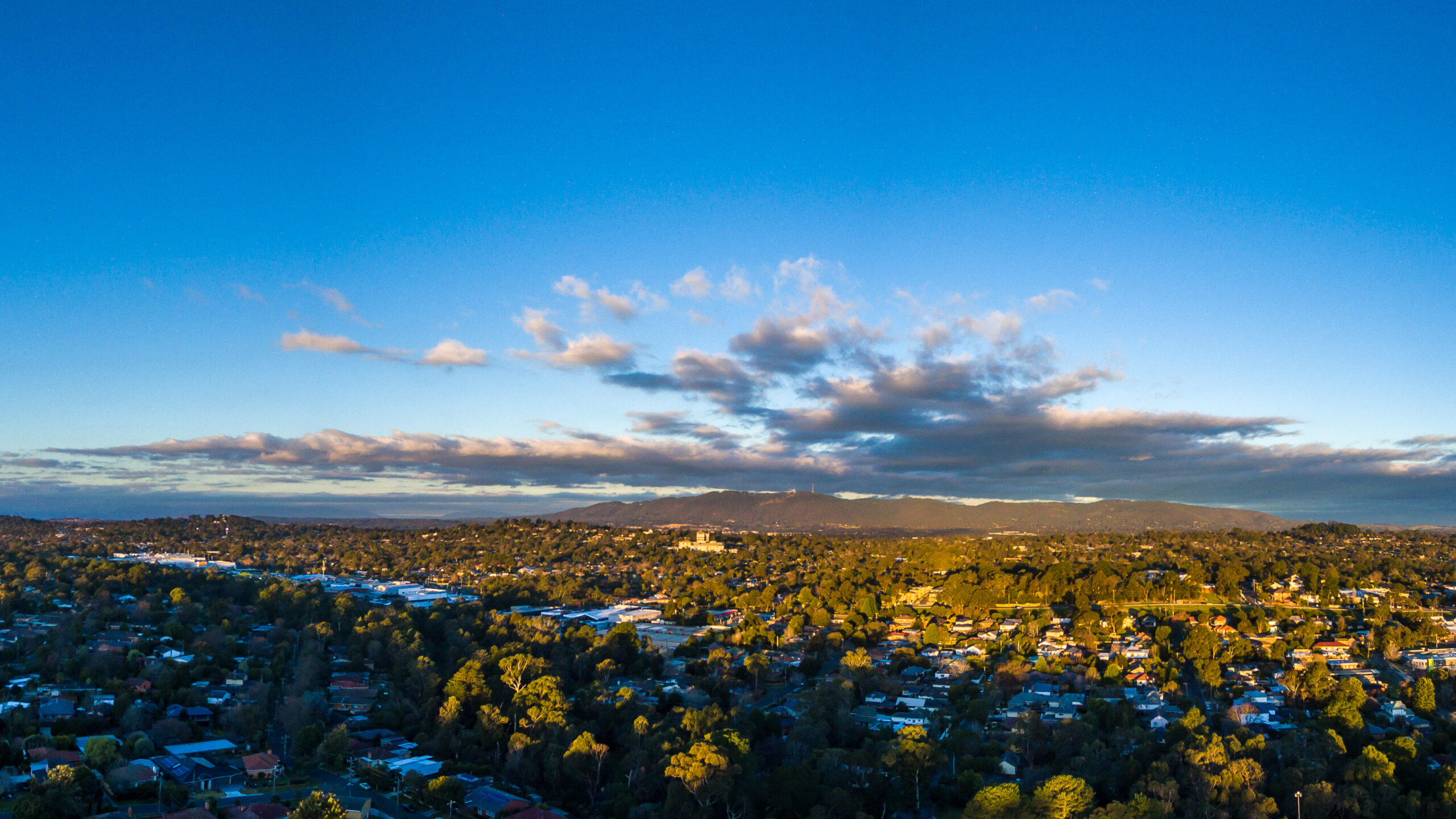Living Melbourne: our metropolitan urban forest strategy was launched in 2019 and sets targets for greening across the Greater Melbourne region to address urban heat and biodiversity challenges. Mosaic Insights and Natural Capital Economics were engaged by Living Melbourne to develop a cost analysis and estimate the benefits of greening priority areas of the city. The work is a key part of the Priority Urban Greening initiative and provides the evidence base for business cases for urban greening various spatial scales.
We developed an advanced, integrated approach that combined complex, city-scale urban analytics and innovation tree costing tools (including one that we developed for Hort Innovation Australia). the approach identified high priority areas of metropolitan Melbourne for greening to reduce urban heat and enhance biodiversity. The model was designed to work at the Mesh Block spatial scale and was applied to more than 53,000 Mesh Blocks within Melbourne’s Urban Growth Boundary.
The quantity of vegetation required to reach the greening thresholds in the priority areas was estimated by analysing the current level of greening and the additional trees or area of vegetation needed to reach the relevant greening threshold. This significant spatial analysis exercise included a large area of metropolitan Melbourne (nearly 14,000 Mesh Blocks) at a fine spatial scale.
There is a large body of high-quality evidence that urban greening provides substantial environmental, social and economic benefits. The monetary value of the benefits flowing from greening priority areas was quantified and included in a cost benefit analysis.
Our work shows that public investment in urban greening stacks up at the city scale For every $1 investment in urban vegetation the benefits return to the community, business and governments across metropolitan Melbourne is around $4 – with a range between a return of $2.16 and $6.70 for every $1 invested. We should continue and accelerate our efforts to reverse the decline in urban vegetation to address urban heat and protect and enhance biodiversity across the city.


